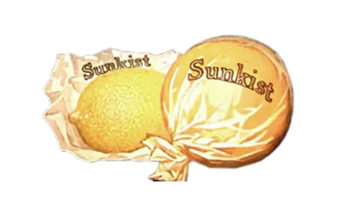
1915 McNess Vanilla Extract. Does it still exist? I will answer that and take a look at what is in all the vanilla extracts on the market today, and why is it $200/lb!
Yes, McNess’s exists. It’s mostly sold on the McNess website [no affiliation].
The modern label states McNess’s vanilla is from the Madagascar region. It has (and had) taste that “won’t bake out.” Why? the added Vanillin–in 1915 it was probably from clove oil. Today it could be from tree bark. In addition, McNess includes ethyl vanillin, a vanilla substitute with a strong note. In 1915 McNess’s “vanilla compound” contained “Cumarin.” Coumarin contains the scent of vanilla and a bitter taste. It’s found in many plants, and McNess derived theirs from the Tonka bean in 1915. Today if their extract contains Tonka beans or any other flavors it is listed in the legal umbrella phrase “natural flavors.”
Let’s look at other Vanilla Extracts other than compounds. It’s a good time to mention that vanilla is the second most expensive spice at $200/lb., second only to saffron at $1000/lb. Why? To bear fruit, Vanilla planifolia — an endangered orchid — needs each individual flower to be pollinated by hand the same day the flower opens. We have available on eBay an antique book by a vanilla company [link to our eBay] cultivating crops in Papantla, Mexico in 1900, explaining the care of the crops and other interesting information.
Looking at Vanilla types, the various choices are —
Bourbon – not because it contains bourbon whiskey, as it doesn’t. The vanilla is named after the former name of a small island off of Madagascar in the Indian Ocean, Réunion, Île Bourbon. [google map] Back up the map to see where Madagascar is located.
Madagascar is the same vanilla as “Bourbon,” grown in tropical areas along the Indian Ocean and Indonesia. Although this Vanilla planifolia plant supplies the majority of the world’s vanilla, it is on the endangered plant list. This type originated in Mexico before being brought to the Madacascar region.
Mexican vanilla is from the Vanilla planifolia plant, same as in Madagascar. The plant originated in Mexico.
Organic vanilla is non-genetically modified and the plants are grown without synthetic fertilizers and pesticides.
Pure must have at least 13.35 ounces of vanilla beans per gallon of liquid and be 35% alcohol. A newly plucked vanilla plant does not have much of a taste or fragrance. It is the extraction of the oils that allow us to notice the flavor compounds. Added sugar or corn syrup could overpower the various vanilla notes.
Gourmet or Prime contains 30–35% moisture content. Larger vanilla beans than Extract fruits.
Extract fruits contains 15–25% moisture content. Smaller vanilla beans than Gourmet or Prime.
I still have questions, but it’s a start!


